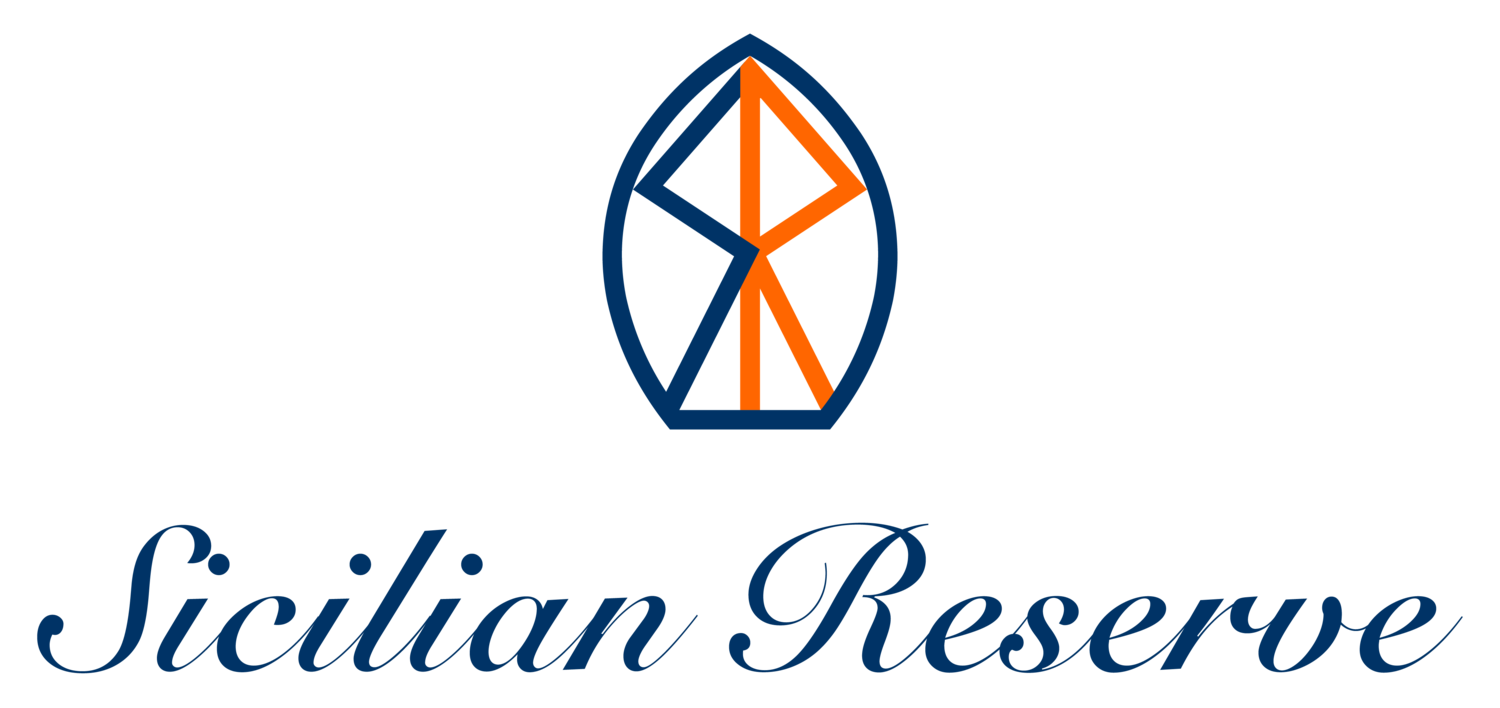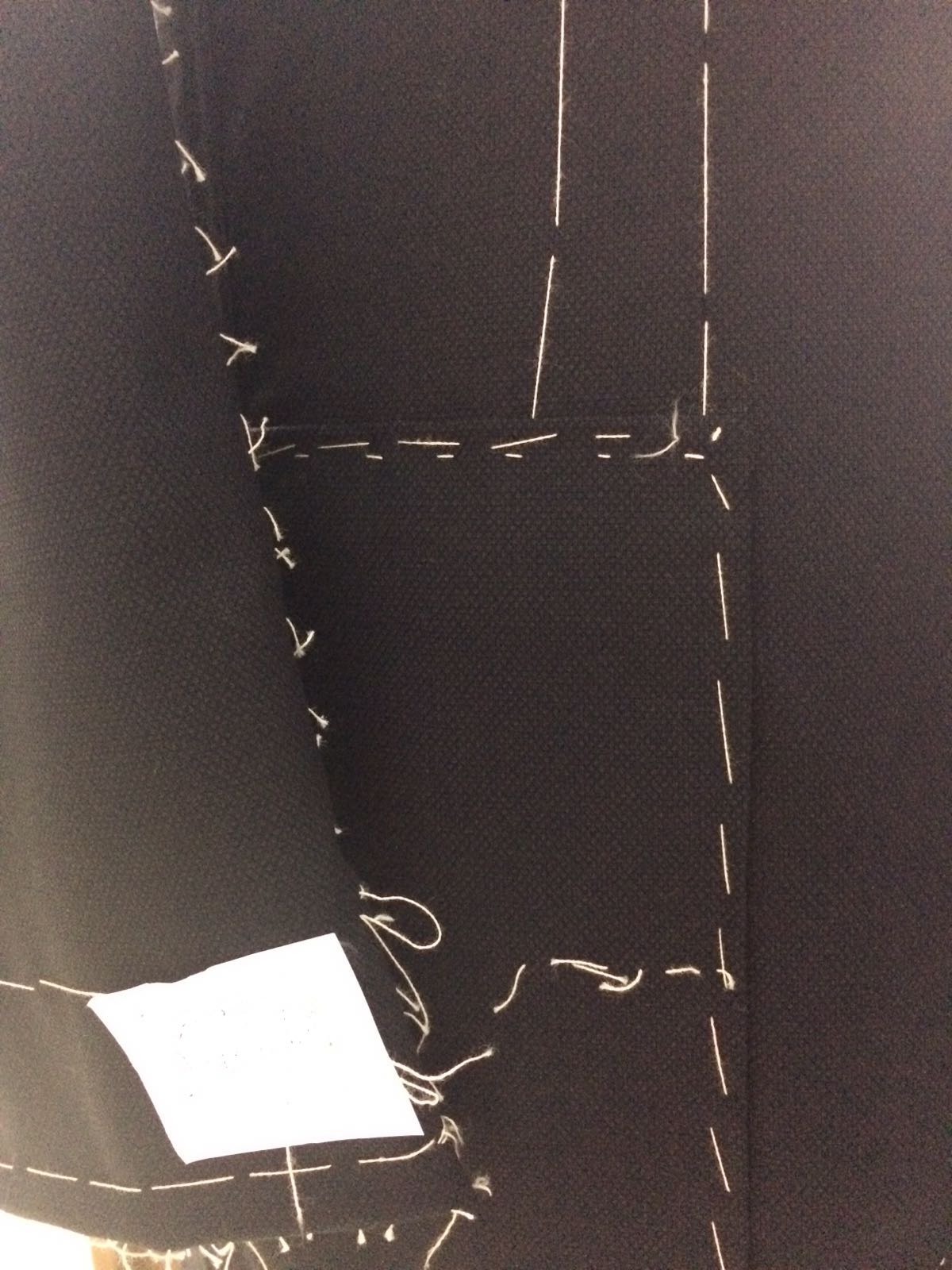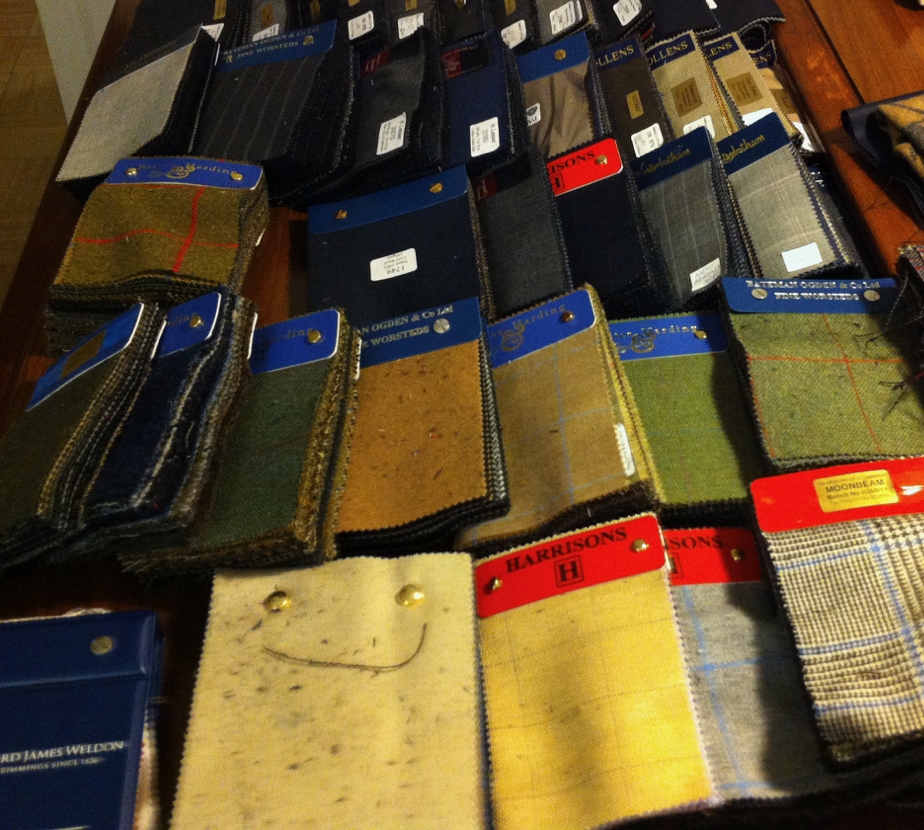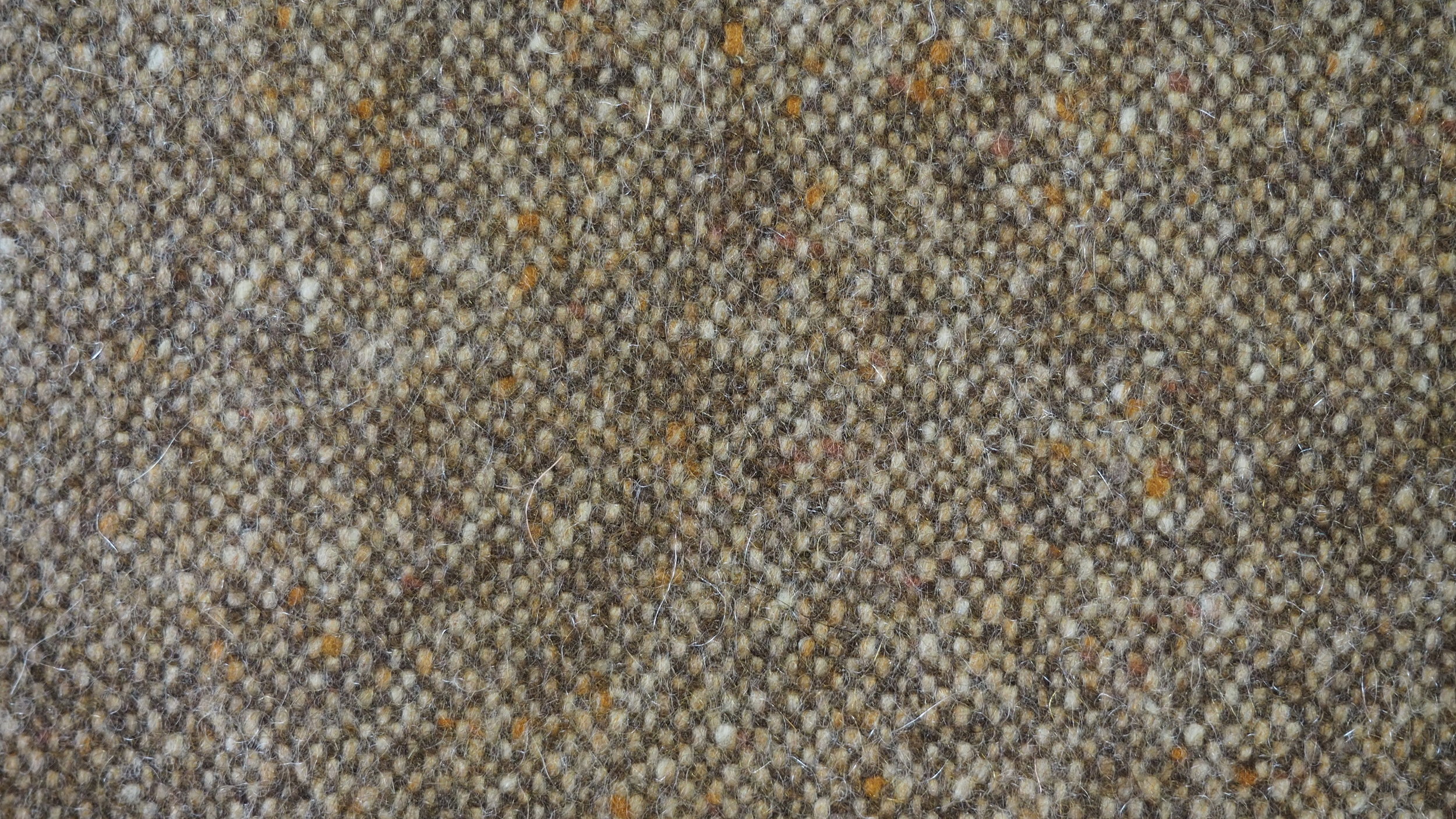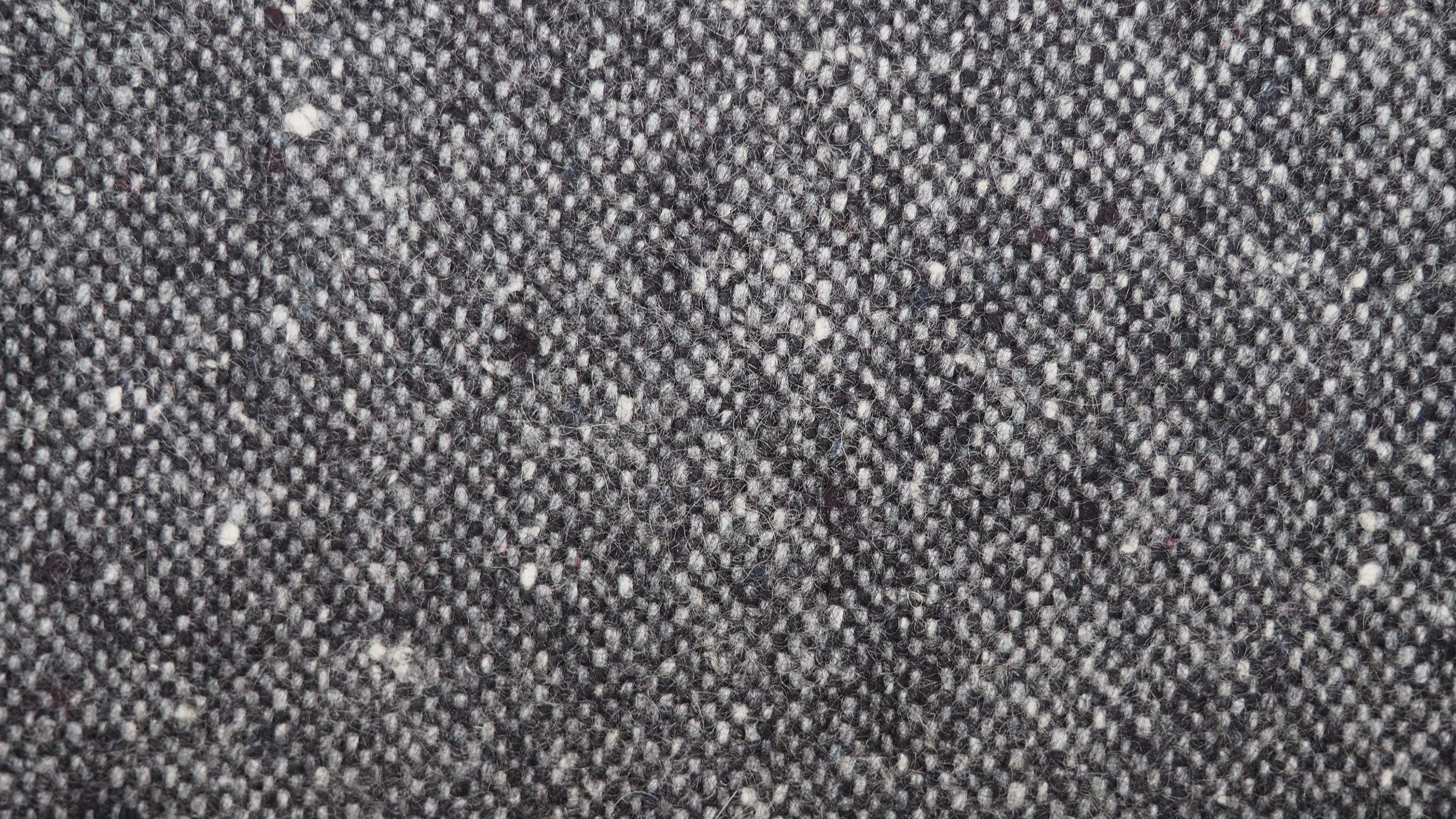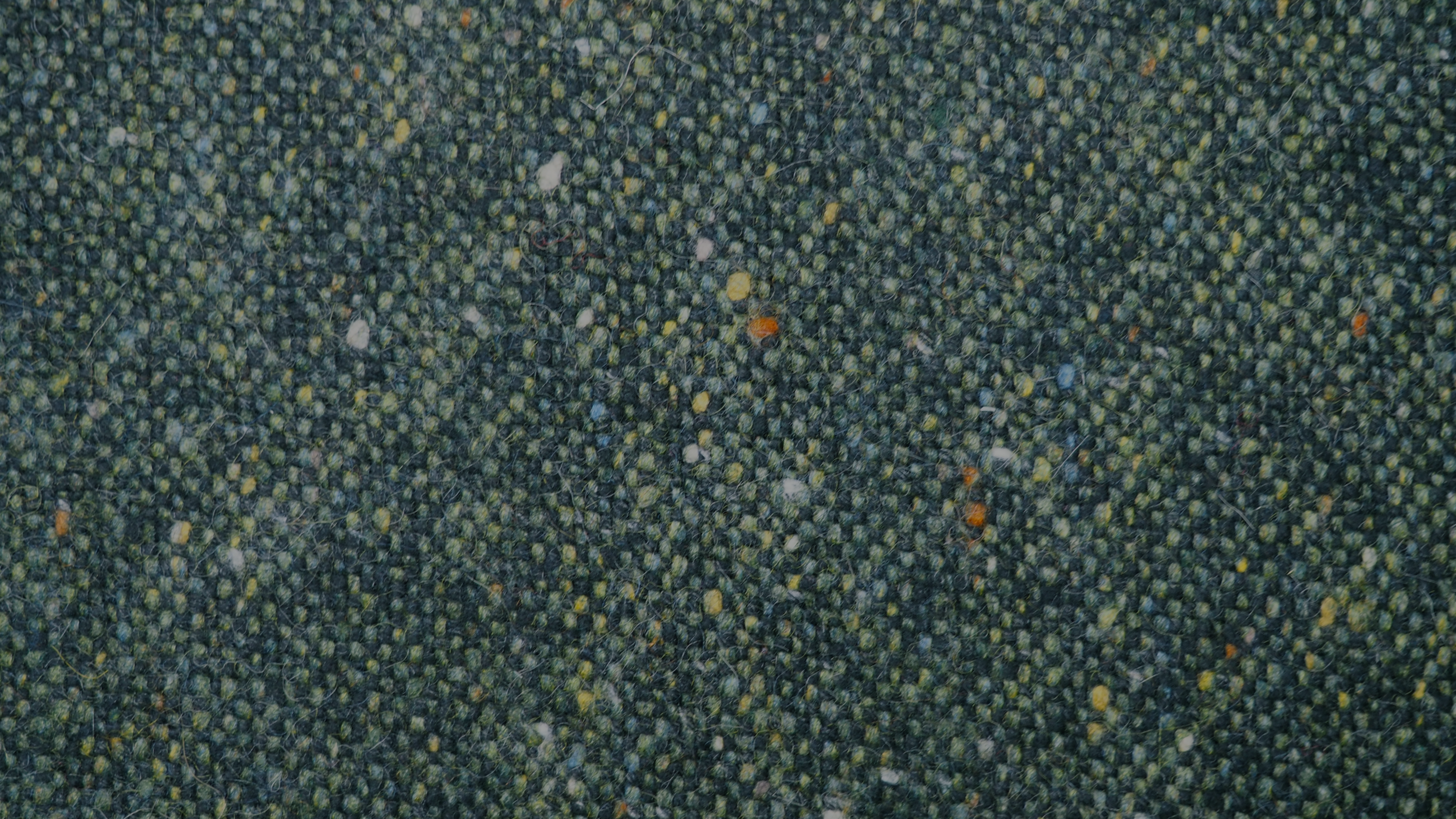Since we are attracting interest from first-time bespoke customers, we have greatly expanded our in-house selection of cloth. This enables you to view physical swatch books similar to a traditional bespoke tailor or online swatches in some cases.
This is ideal for those who don't have easy direct-to-consumer access to cloth and removes the need to send your cloth to me.
We can now source a variety of English and Italian cloth such as Ariston, Cerruti, Dormeuil, Drapers, Dugdale, Escorial, Hardy Minnis, Harrisons, Holland & Sherry, Scabal, Lesser, Porter & Harding, Vitale Barberis Canonico, and W. Bill.
A handful of our suppliers allow consumer access to their cloth catalogue including:
- Holland & Sherry
- Ariston Fabrics
- Hardy Minnis and Harris Tweed through Huddersfield Fine Worsteds
- Harrisons of Edinburgh representing W. Bill, Porter & Harding and Lear Browne & Dunsford
- Vitale Barberis Canonico through Gladson New York
If we source the cloth for you, prices start at $2,250 for a jacket (i.e. our Essential Bespoke line).
For those supplying their own cloth, please keep in mind our guidelines on cloth length.
